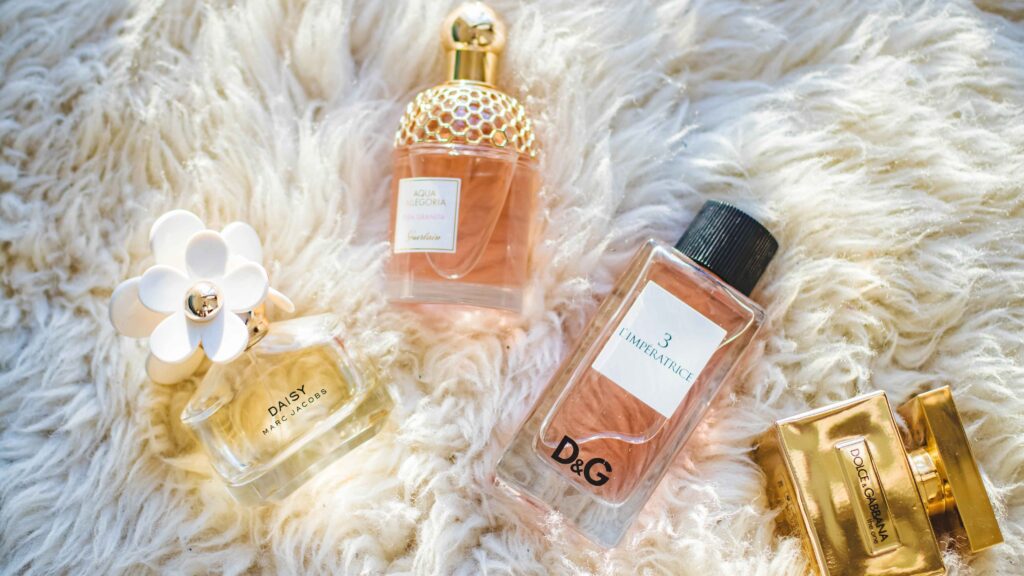
The packaging industry has witnessed remarkable advancements over the years, offering a wide array of options for labeling and branding products. Self-adhesive labels have gained popularity due to their ease of application, durability, and aesthetic appeal. When it comes to glass and plastic bottles, selecting the right self-adhesive material is crucial to ensure the labels withstand various environmental conditions and enhance the visual appeal of the product. This article provides a comprehensive guide to help you make informed decisions when choosing self-adhesive materials for glass and plastic bottles.
Considerations for Glass Bottles
Glass bottles exude a premium and elegant look, making them a preferred choice for various products such as perfumes, premium beverages, and cosmetics. When selecting self-adhesive materials for glass bottles, keep the following factors in mind:
1.Transparency and Clarity: Opt for materials that are transparent or offer a high level of clarity. This ensures that the label doesn’t obstruct the view of the product inside the bottle. Clear filmic materials or acetate labels are popular choices for glass bottles.
2.Resistance to Moisture: Glass bottles are often stored in refrigerated environments or might come into contact with moisture during transportation. Choose self-adhesive materials that are resistant to moisture to prevent label deterioration and ensure the label remains intact.
3.Adhesive Strength: Glass surfaces can be smooth, and labels must adhere strongly to avoid peeling or lifting. Select materials with a strong adhesive designed for glass bonding.
4.UV Resistance: If the product is likely to be displayed in outdoor or well-lit areas, UV resistance is crucial to prevent fading and ensure the label’s longevity.
5.Temperature Resistance: Consider the temperature conditions the glass bottles might be exposed to. Labels should be able to withstand both low and high temperatures without losing their adhesive properties.
Considerations for Plastic Bottles
Plastic bottles are versatile and commonly used for a wide range of products, from beverages to household cleaning solutions. When choosing self-adhesive materials for plastic bottles, focus on the following aspects:
1.Flexibility: Plastic bottles are often squeezed or deformed during use. Opt for materials that are flexible and can conform to the bottle’s shape without wrinkling or peeling.
2.Chemical Resistance: Plastic bottles are susceptible to damage from chemicals in the product or during cleaning. Choose materials that are resistant to the specific chemicals present in the product to prevent label deterioration.
3.Surface Compatibility: Plastic bottles come in various textures and finishes. Select self-adhesive materials that can adhere effectively to the specific type of plastic used for the bottle, whether it’s PET, PVC, HDPE, or another variant.
4.Durability: Plastic bottles might be stored in conditions where they encounter friction or abrasion. Labels should be durable enough to withstand these challenges without scuffing or fading.
5.Environmentally Friendly Options: With growing environmental consciousness, consider self-adhesive materials that are eco-friendly, such as those made from recycled materials or that have sustainable adhesive properties.

Common Self-Adhesive Material Options
Paper labels:
- Paper labels are one of the most cost-effective options.
- They are suitable for short-term applications and products that will not be exposed to moisture or rough handling.
- However, they may not adhere well to glass surfaces, especially smooth or curved glass surfaces.
Film label:
- Film labels are versatile and can be used on both glass and plastic bottles.
- They are available in a variety of finishes such as clear, metallic and matt, offering a range of visual effects.
- These labels offer exceptional durability and are resistant to moisture, oil and general wear and tear.
- They can be used for long-term applications and are ideal for products requiring a premium appearance.
Polyester label:
- Also known as PET labels, they offer exceptional durability and clarity.
- They are water, oil and chemical resistant for products that may encounter harsh conditions.
- Polyester labels have excellent dimensional stability, which means they won’t shrink or expand when exposed to different temperatures.
Polypropylene labels:
- Polypropylene labels are durable and resistant to water, oil and chemicals.
- They can withstand a variety of environmental conditions. They maintain their integrity even when exposed to varying temperatures and challenging environmental conditions.
- These labels are typically used on products that need to withstand outdoor or industrial environments.
Polyethylene label:
- Polyethylene labels are perfect for bottles made of HDPE (High-Density Polyethylene) plastic.
- They are water and chemical-resistant and can withstand outdoor conditions.
- These labels are commonly used on products such as shampoos, detergents and other household items.
When choosing self-adhesive materials for glass and plastic bottles, consider the unique properties of each material. Glass bottles need transparent, moisture-proof, and strong adhesion materials. Plastic bottles require labels that are flexible, chemically resistant and able to withstand a variety of environmental elements. The material you choose depends on factors such as the intended use of the product, the material of the bottle, the environmental conditions it will be exposed to, and the desired visual appearance. It is important to test the selected material on a small scale before moving into full production to ensure it meets your requirements.

Conclusion
Choosing the right self-adhesive material for glass and plastic bottles is critical to maintaining the attractiveness and integrity of the product. By understanding the specific requirements of your product and its packaging material, you can ensure that your label not only enhances visual appeal but can withstand the challenges of the market. Are you still struggling with which material to customize the label? Contact ZLLABLE’s professional team to get the best label material and design for your product!



